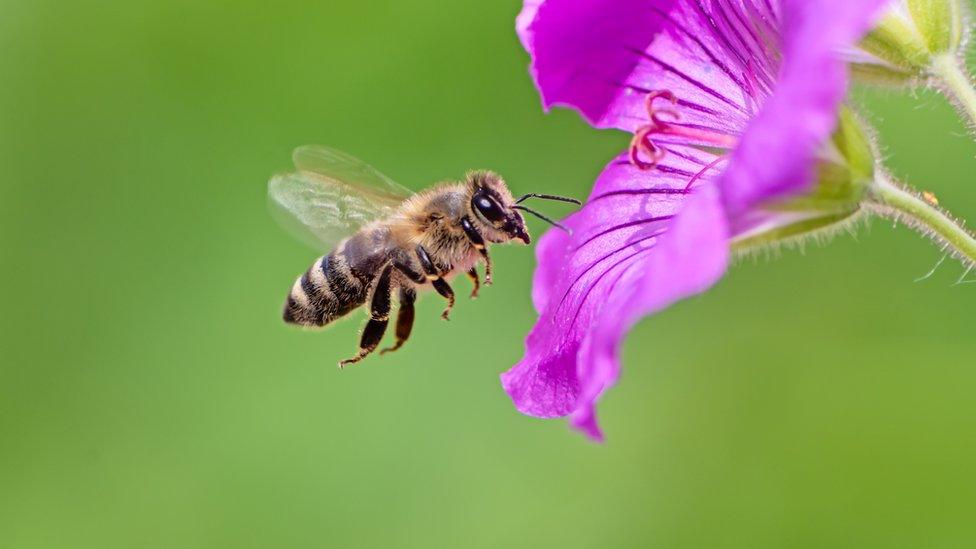Scientists shed light on how the blackest fish in the sea 'disappear'
- Published

The ultra-black Pacific black dragon is a very difficult animal to photograph

An ocean mystery - how the blackest fish in the deep sea are so extremely black - has been solved in a study that began with a very bad photograph.
"I couldn't get a good shot - just fish silhouettes," said Dr Karen Osborn from the Smithsonian Institution.
Her detailed study of the animal's "ultra-black" skin revealed that it traps light.
While it makes the animals difficult to photograph, marine scientists say it provides the ultimate camouflage.
There is, Dr Osborn explained, nowhere to hide from predators in the deep ocean, so this "ultra-blackness" renders creatures almost invisible.

The discovery, described in the journal Current Biology, could provide the basis for new ultra-black materials, such as coatings for the interior of telescopes or cameras.
Several ultra-black species, according to the research, appear independently to have evolved the exact same trick.
"The particles of pigment in their skin are just the right size and shape to side-scatter any light they don't absorb," Dr Osborn, from the Smithsonian's National Museum of Natural History in Washington DC, explained.
These pigment particles are arranged in a densely-packed, thin layer. "So instead of bouncing the light back out, they scatter it back into the layer - it's a light trap."

Several deep-sea species have independently evolved the same light-trapping skin structures
It was Dr Osborn's frustrated efforts to take good photographs of the deep-sea species she was studying that inspired her and her colleagues to take a much closer - microscopic-scale - look.
"Every picture I took was really bad - it was so frustrating," she told BBC News. "[Then] I noticed they had really strange skin - they're so black, they suck up all the light."

Light-trapping skin provides extremely effective camouflage in the deep sea
This light-trapping skin, the researchers say, is the ultimate in deep-sea camouflage - where there is very little light, but where other species - including predators - make their own bioluminescent light.
"You don't know where that light is going to come from," Dr Osborn explained. "So living in the deep sea is like playing hide and seek on a football field - your best shot is to turn green and lay down as flat as you can."

"Being so very black really helps these creatures to survive."
Her efforts to capture beautifully clear images of these ultra-black species - all of which live at ocean depths of more than 200m - eventually paid off.
"It took a lot of special lighting," she admitted. "And a lot of Photoshop."
- Published29 May 2020

- Published16 June 2020
